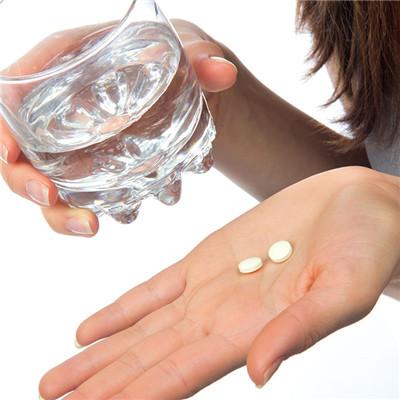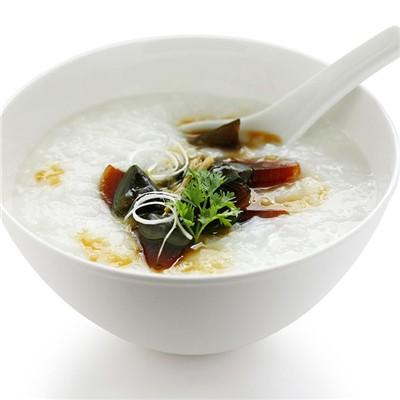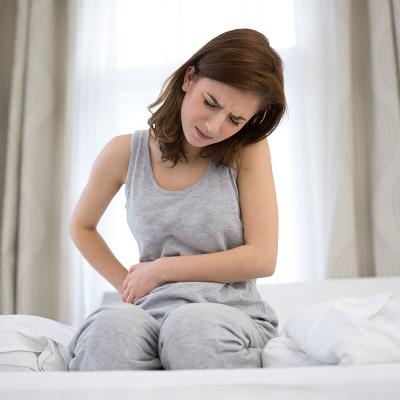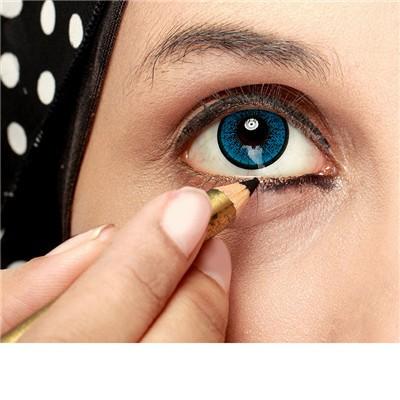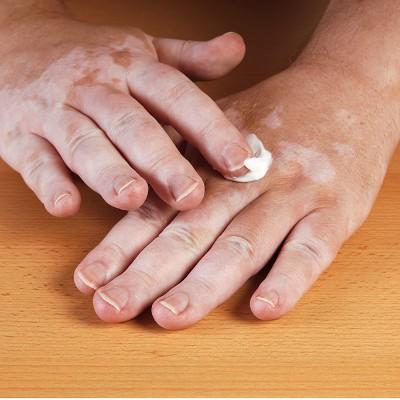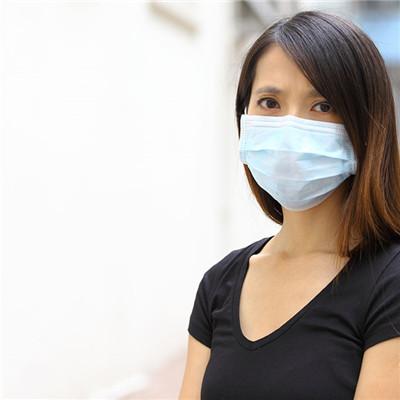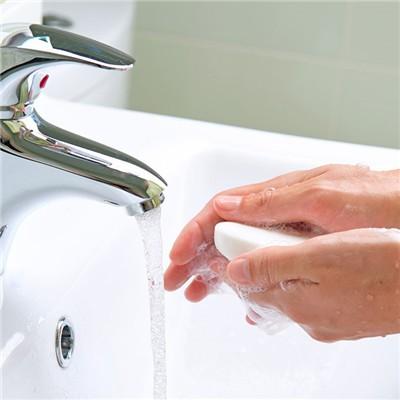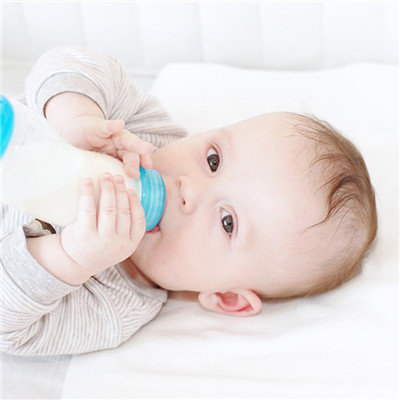There are symptoms of plague
summary
Yersinia pestis is a severe infectious disease which is mainly transmitted by rat fleas. It is a kind of natural focus disease which is widely prevalent among wild rodents. The clinical manifestations were fever, severe toxemia, lymphadenopathy, pneumonia and bleeding tendency. Plague has been prevalent many times in the history of the world, with tens of millions of people dead. Before liberation, plague had been prevalent many times in China, with high mortality. Symptoms of plague? Let's talk about it
There are symptoms of plague
The incubation period of plague is very short, most of them are 2-3 days, and individual cases can reach 9 days. The initial symptoms and signs were fever, chills, discomfort, head and limb pain, nausea, and sore throat. Lymphadenitis was found in the lymph nodes where the fleas were first bitten. The affected lymph nodes were fever, swelling, redness, softening, and suppuration.
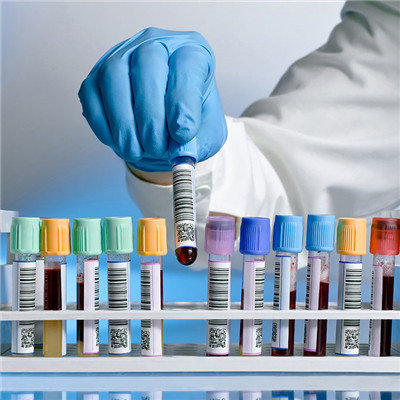
High fever, chills, body temperature quickly reached 39 ℃ - 40 ℃, severe headache, nausea and vomiting with restlessness, blurred consciousness, arrhythmia, decreased blood pressure, shortness of breath, skin and mucous membrane bleeding spots, followed by massive bleeding and accompanied by black stool, hematuria. At the same time or a little before the symptom appeared, lymph node enlargement (most in inguinal region) occurred,
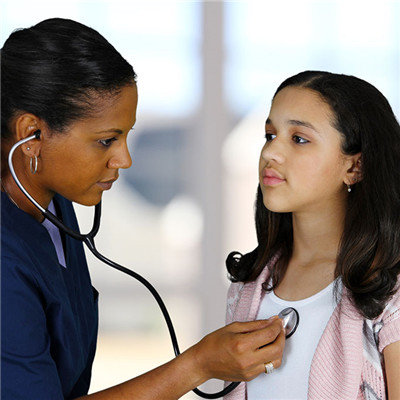
Typical cases of lymph nodes have obvious tenderness, hardness, with swelling of surrounding tissue. The skin surface is smooth, red but not hot. Most of the patients had dysphoria, delirium, delirium and ataxia. It is easy for doctors to touch the swollen liver and spleen during physical examination. The lymph nodes can be filled with pus and break up in the second week.
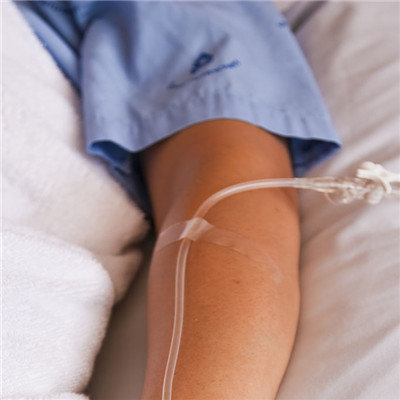
matters needing attention
Acute phase should be given liquid diet, and the supply of adequate liquid, or to glucose, saline intravenous drip, in order to facilitate the excretion of toxins. Strictly abide by the isolation system, do a good job in nursing, eliminate the concerns of patients, to achieve the purpose of quiet rest.

